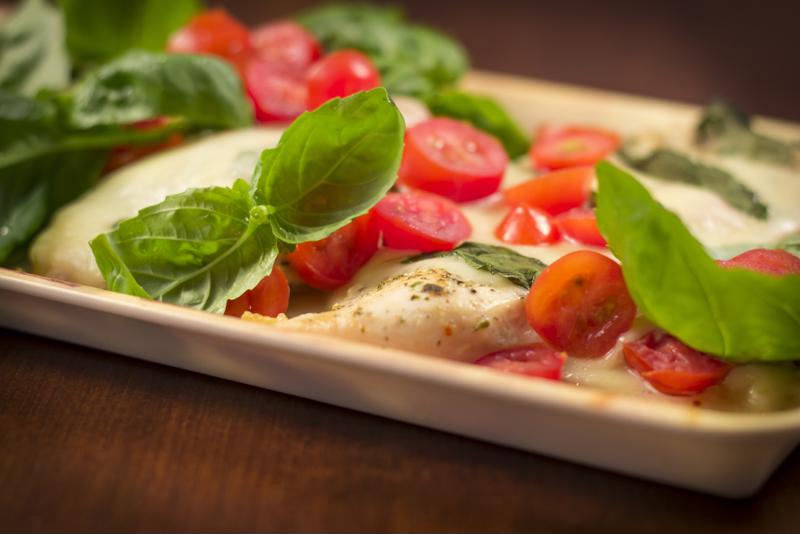As you work toward an online cooking school certificate, you’ll find that the look of the food you create can be almost as important as the taste. Adding a fresh visual spin to a classic item or an attention-grabbing final touch to your new recipe will set your work apart. An appealing presentation is often the difference between a good dish and one that diners will remember for years to come.
As chefs everywhere put their food-styling skills to work, certain trends emerge. Keep these approaches in mind as you look for exciting methods to step up your culinary creations. Here are today’s hottest presentation trends and some ideas for how you can make them your own.
1. Social media (still) rules
“Social media is a vital part of how chefs promote themselves.”
Over recent years, photos shared over social media have become a vital part of how restaurants and chefs promote themselves. That doesn’t look likely to change soon, so culinary professionals must continue to think about how the items they prepare will look when photographed and instantly sent to countless followers. Get your food ready for its close-up by adding small touches of color and serving on something more striking than a white plate, like a cast-iron pan or wooden board.
At the same time, Toast warned against letting style get in the way of substance. For instance, layering the main course atop side dishes may look lovely, but it often results in mixing flavors that should remain distinct. A drizzle of sauce or balsamic vinegar can add visual flair, but properly enjoying the food must still be intuitive for the diner.
2. Let’s go bowling
Placing food in a bowl is a simple way to change up your presentation and make dishes full of fresh, healthy produce look irresistible. Try an artful arrangement of ingredients like quinoa, beets potatoes, broccoli and hummus. In addition to looking good, the bowl makes the dish easily portable, which is perfect for a quick lunch.
3. Back to the old school
Sometimes, quality plating is less about being on the cutting edge than inspiring nostalgic feeling of comfort. That’s the reasoning behind the choices at many restaurants today. Bon Appetit noted that pizzerias across the country are abandoning upscale trappings to embrace the past in both their food and presentation.
At these old-school pizza joints, diners eat off tablecloths featuring familiar red-checkered patterns. Soft drinks come in pitchers, doled out among transparent plastic cups. Chefs and restaurant owners see the power of capturing beloved childhood memories in every aspect of how they serve dough- and cheese-heavy pies.
4. Bite-size beauties
Chefs who work in catering have found that smaller is often better when serving a crowd. Tiny portions are perfect for inviting guests to try out new and different foods or encouraging them to indulge in a dessert or two. Setting the item on a serving plate with a utensil makes it simple for everyone to dig in and enjoy.
This method of dishing out tastes works for a wide variety of foods. Consider serving sandwich sliders, shots of soup or tiny pieces of pie. Everyone gets to try more dishes, and they’re less likely to waste a plateful of food.
 The plating of a dish and the environment where you eat it can impact the flavor.
The plating of a dish and the environment where you eat it can impact the flavor.5. Experimenting with neurogastronomy
One of the most intriguing developments in food presentation is the concept of neurogastronomy. According to Baum + Whiteman, that means accounting for how all senses come into play when eating. Scientific studies have explored how people’s perception of the same food’s taste can be significantly impacted by other aspects of their experience.
For example, the shape of chocolate affects the way it melts and releases flavors. The color of a plate and whether it is round or square can accentuate certain tastes. Some restaurants are already finding exciting possibilities by setting out to tantalize multiple senses.
Every chef knows that presentation makes a difference in how diners enjoy your dishes. As you progress through a culinary academy, you’ll learn a great deal about producing food that is both beautifully cooked and carefully arranged on the plate. By paying attention to new trends and innovations, you can contribute a visual signature to every dish that comes out of your kitchen.


